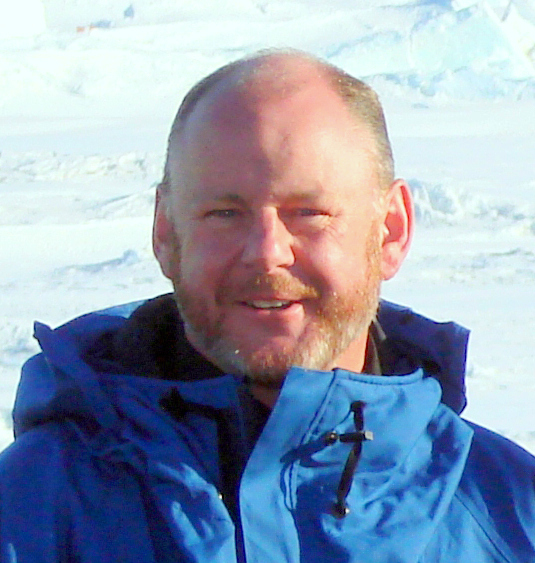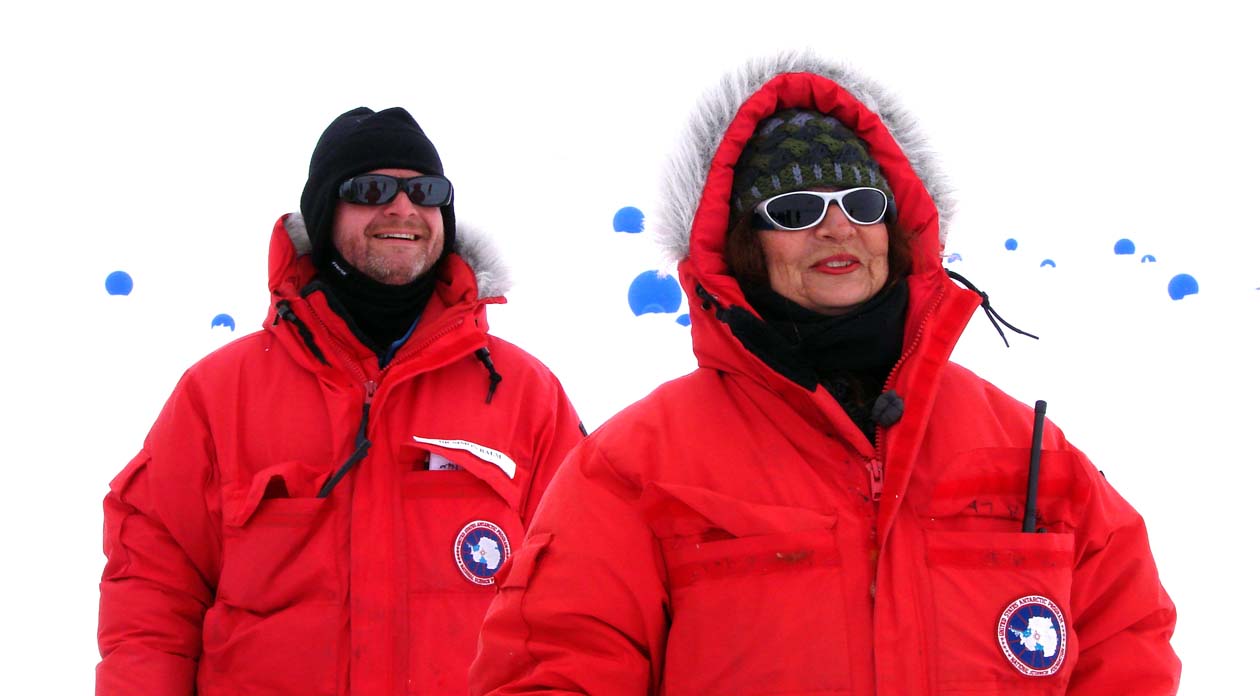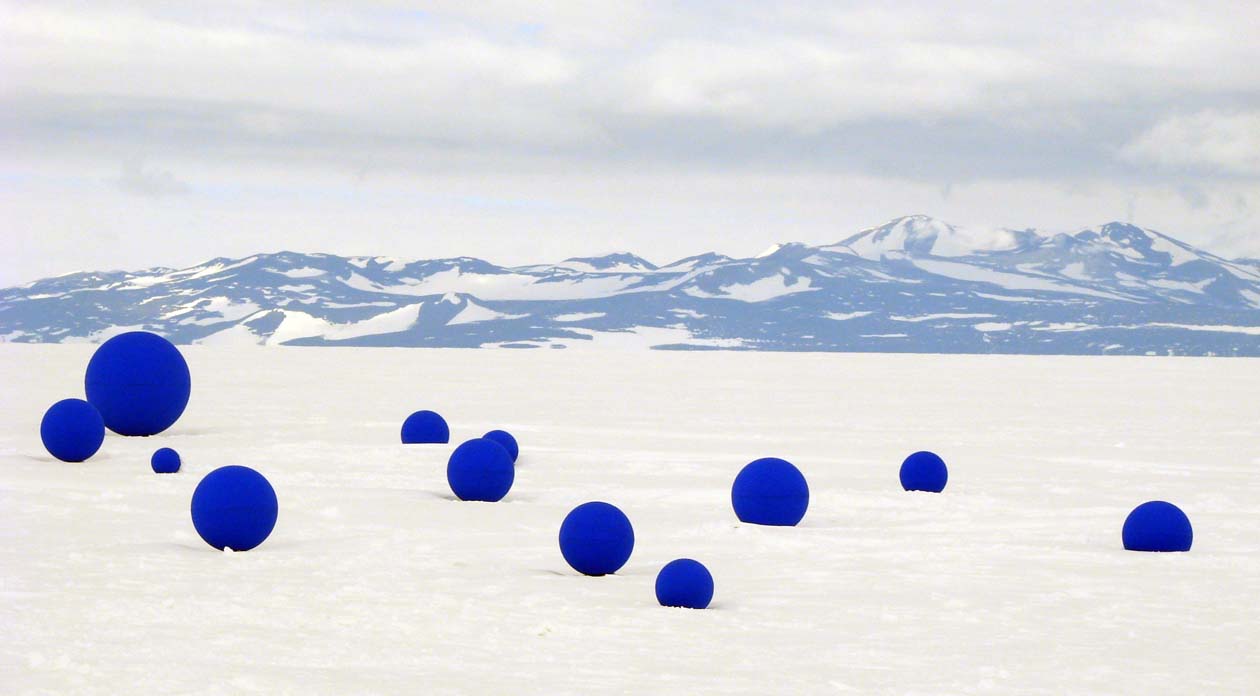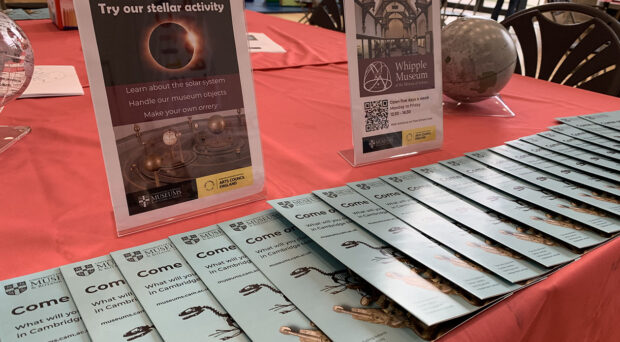The University of Cambridge Museums are a partner in Collusion’s in_collusion programme. The programme seeks to: develop Cambridge and the wider area as a centre of excellence for interdisciplinary arts and technology collaboration; support the production of excellent art; enhance creative technology skills; and transfer knowledge across sectors.
Through a series of Labs, week long development sessions for artists, the programme explores:
- Data and data security (Dataculture)
- Virtual and augmented reality
- Artificial intelligence
For the University of Cambridge Museums this is an exciting opportunity to be part of the Labs and:
- engage in interdisciplinary work and extend the impact of public engagement activities within and beyond Cambridge
- explore the artistic use of emerging technologies for the museum sector
- research and develop ideas and tools with artists in disruptive, unexpected and unimagined ways
- explore opportunities for new partnerships and collaboration across sectors to enhance future interdisciplinary activities
What happened in the first Lab (Dataculture)?
The Datalab took place at Anglia Ruskin University in January with nine artists from across the UK. Speakers from different sectors and disciplines highlighted the importance and influences data has in our everyday life and the impact it will in the future, whilst practical workshops looked at visualising data. The artists then translated some of their ideas into proposals, which were presented at the end of the Lab.
The museums had a chance to talk about Data from their perspective, presenting research and collections data, with the artists visiting the Sedgwick Museum, Museum of Archaeology & Anthropology and the Polar Museum to get further insights and inspiration.
Bryan Lintott, Exhibitions Officer at the Polar Museum presented ‘Antarctic Art: the Digital Interface’:
Increasingly, Antarctic art is engaging with digital data generated by scientists as a source of inspiration and expressing creative insights into the frozen continent.
After an overview of Antarctic art, from the traditional to contemporary projects like ‘Stellar Axis’, Bryan talked about the ways in which contemporary artists can access Antarctic data and imagery. He focused on ‘Quantarctica’, a free online resource which can be used as a means of inspiration and information for artists that wish to engage with Antarctica – without the challenges and dangers of journeying south.
Central to Bryan’s presentation was the opportunity of utilising data from beyond the range of human perception, e.g. changes in gravity, variations in ice depth and continental ranges of temperature and wind, to create new ‘datascapes’. This core data is transforming scientific knowledge and, in an ‘artistic turn’, the data is increasingly visualised to enhance scientific understanding – frequently, resulting in aesthetically engaging visualisations. Artists can use data sets to ‘drive’ their unique creations, and utilise scientific visualisation software, e.g. the open source QGIS, to produce artworks or combine data and existing visualisations.
The presentation concluded with a challenge. The New Zealand composer Phil Dadson stated that the sound of Antarctica is silence: how does an artist engage with the vast spaces, unseen forces and the roaring silence of Antarctica?
“The University of Cambridge Museums involvement with Collusion is an excellent example of how we can contribute to broader artistic endeavours of the highest order. Colluding with a group of imaginative, energetic and enthusiastic artists is always a privilege, and poignantly reminded me of my earlier career as a theatre lighting designer. As for the artists, I took away the exciting sense that art is, once again, soaring into the future.”
Bryan Lintott
As a result of the Lab we will be working with artist Richard DeDomenici to further develop his ideas with the Museum of Archaeology & Anthropology, exploring how we can engage audiences in new ways with objects.
We are looking forward to the next Labs taking place in May and June.










